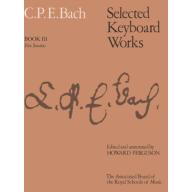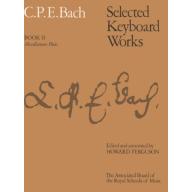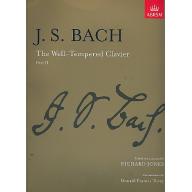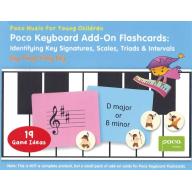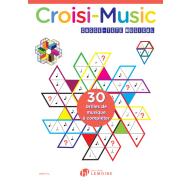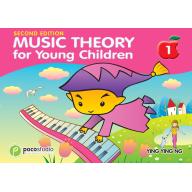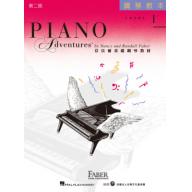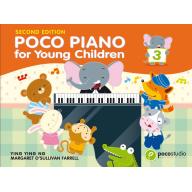目前位置: 首頁 > 國外出版社 > POCO Studio > Lesson > Poco Piano for Young Children, Book 1
Poco Piano for Young Children, Book 1
< Second Edition >
商品描述
商品標籤
With its developmentally appropriate, pedagogically sound, learner-focused presentation, this series encourages young children to take the first steps on a difficult, but thoroughly rewarding journey. It leads the child from the very beginning to Grade 1 level.
Philosophy: Students challenge to learn through preparation, discovery, interaction, and reinforcement.
Motivation: An appealing layout of double-page spreads, with attractive stickers, color-coded notes, and big note notation to keep the student engaged.
Technique: Begining with a braced 3rd finger of each hand to develop a natural, balanced hand position.
Musicianship: New chapter beginning with preparation to provide a simultaneous experience on note reading, rhythm patterns, music analysis, and theory.
Music Concepts: From known to unknown, use Performance Directions in music first introduces in simple English and then replaced with Italian to avoid “knowledge overload.”
Aural Development: Familiar nursery rhymes, folksongs, and tunes with lyrics to encourage singing and retain the interest of the child.
Musical Playing: Interesting information about music using illustrations appropriately matching the title and story of the pieces to encourage musical playing.
Book 1 introduces the child to the keyboard, staves, clefs, simple time signatures, note values, and rests. Reading encompasses notes to a 5th above and a 5th below Middle C. The notes A and E are introduced first, played by a braced 3rd finger of each hand. This encourages free movement of the whole arm from the shoulder and develops a natural, balanced hand position before the 5-finger position is gradually mastered. The first line of the treble stave and the fifth line of the bass stave are highlighted, and further lines are similarly treated as the child learns more notes. Staccato, slurs, ties, upbeats, and repeat signs are all experienced in Book 1. Tempo and dynamic markings encourage musical playing, and are in English, in order to avoid “knowledge overload”.
我的標籤








